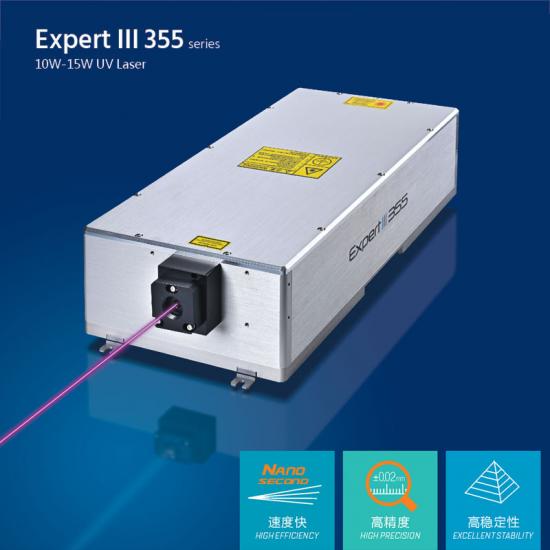Transformation from traditional glass marking to uv laser source glass marking
Jul 07 , 2022Transformation from traditional glass marking to uv laser source glass marking
As we all know, in addition to good perspective and light transmittance, glass generally has a tensile strength far less than compressive strength, and is a typical brittle material. At the same time, the thermal stability of glass is poor, and rapid cooling and rapid heating are prone to bursting. And because of its high chemical stability, it has strong resistance to acid and alkali salts, chemical reagents and gases, so there is always a lack of continuity and stability when using traditional processes to process glass. In terms of marking, what are the advantages of laser in glass marking?
1. Traditional glass processing methods
In terms of glass marking, the traditional processing techniques mainly include screen printing, thermal processing, and etching:
1
screen printing
Glass screen printing is the use of screen printing plates, the use of glass glaze, decorative printing on glass products.

uv laser | green laser | Ultraviolet lasers | uv dpss laser | nanosecond laser | UV laser source | Solid State Lasers
It mainly includes the steps of stretching, drying, printing, developing, drying flat glass, cleaning and drying, printing and sintering. Not only the ink itself is harmful to the human body, the color is few and it is not easy to register, but also due to the complex process, it is prone to blockage, paste, pinholes and other process problems.
2
hot working method
Reheat the formed glass to the required temperature and keep it for a certain period of time to process the glass. Apart from the high temperature problem in the glass processing project, due to the poor thermal stability of the glass, the glass is often prone to burst during the processing. .
3
Etching
Glass etching refers to etching glass with hydrofluoric acid or the like to form patterns. Glass etching patterns are obtained by coating glass with paraffin wax, then using tools to carve patterns on the paraffin wax, and then coating it with hydrofluoric acid. On the one hand, hydrofluoric acid is easy to volatilize and easily cause pollution, and at the same time, the overall process is also complicated.
2 · Laser glass marking
Laser glass marking mainly includes glass surface engraving and glass inner engraving. Glass surface engraving is to use laser energy to destroy the glass surface; glass internal engraving is to generate small broken points inside the glass, which appear white due to light scattering. The difference is only that the focus of the laser is adjusted to the glass surface or inside:
1
laser marking
Engraving can be carried out when the laser energy density at the laser focus point is greater than the critical value (damage threshold) to damage the glass. At the same time, the energy density of the laser before and after the processing area is lower than the damage threshold of the glass. By controlling the focus position through a pre-set computer program, a specific shape can be engraved on the surface or inside of the glass, and the rest of the glass can be kept intact. .
glass sculpture
glass carving
2
laser blackening
A nanosecond laser alone cannot mark black on glass. In order to mark black on the glass, we need to use the target material. This method is to use the laser to interact with the target material through the glass to overcome the defect that the glass cannot directly absorb the laser pulse. There are mainly laser-induced plasma etching - metal materials such as stainless steel and copper (left in the figure); and laser back wet etching - organic solvents such as toluene and acetone (right in the figure).
3. Glass engraving laser selection
The RFH UV solid-state laser adopts an integrated structure design, which integrates the optical path and the external driving circuit, which makes the product have strong anti-interference ability. Ensure the stable operation of the laser for glass marking in various environments.
355 Series Solid Ultrafast
The ultrafast solid-state laser is based on the current leading industrial picosecond laser amplification scheme, adopts a fully compact double-layer cavity structure and a simple and reliable electronic control design, and has a pulse width of 6ps. Has higher peak power output, effectively reducing thermal impact. Adapt to all-weather industrial production requirements and cutting-edge scientific characterization testing needs.